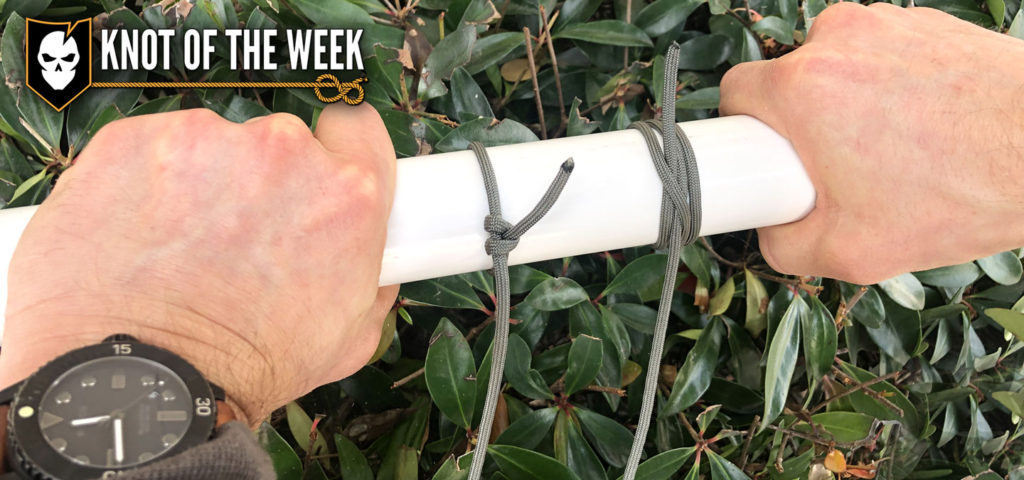Basic hitches might not be the most secure knots, but they’re important to learn and can be used to attach a rope or line to a rail, post or other objects. Today, Bryan demonstrates how to tie both the Half Hitch and the Right Angle.
In addition to tying instructions, he showcases how these two knots will be fitting into our DIY Knot Board Display.
Half Hitch » Hitches
(Strength: 1/Security: 1/Stability: 1/Difficulty: 1) See below for what these ratings mean.
The standard Half Hitch is incredibly insecure, but important to cover in order to provide an understanding of what constitutes a Hitch. It appears to be nothing more than an Overhand Knot around an object and it shouldn’t be used for anything other than very light loads.
Right Angle » Hitches
(Strength: 4/Security: 3/Stability: 4/Difficulty: 3) See below for what these ratings mean.
The Right Angle is a knot that is typically used as an alternative to the Clove Hitch. It creates a more secure knot than the Clove Hitch and if you know how to tie the Clove Hitch, you know how to tie the Right Angle.
The Right Angle is used if you have multiple obstacles which would be linked to a ring main, or main line of det cord. To link each obstacle’s det cord lead to the ring main, a Right Angle is used.
Ratings
Strength/Security/Stability/Difficulty
Each knot will be assigned a rating from 1-5 (1 representing the lowest score) based on the following four properties:
Strength – All knots will weaken the strength of a rope, however, there are knots that are stronger than others. The scale here will reflect how strong the rope remains with the specified knot.
Security – The security scale refers to how well the knot will stay tied, and resist coming loose under a normal load.
Stability – Stability refers to how easily the knot will come untied under an abnormal load (i.e. the knot being pulled in a direction it was not intended to) A lower score here represents instability.
Difficulty – The lower the number, the easier a knot is to tie.

